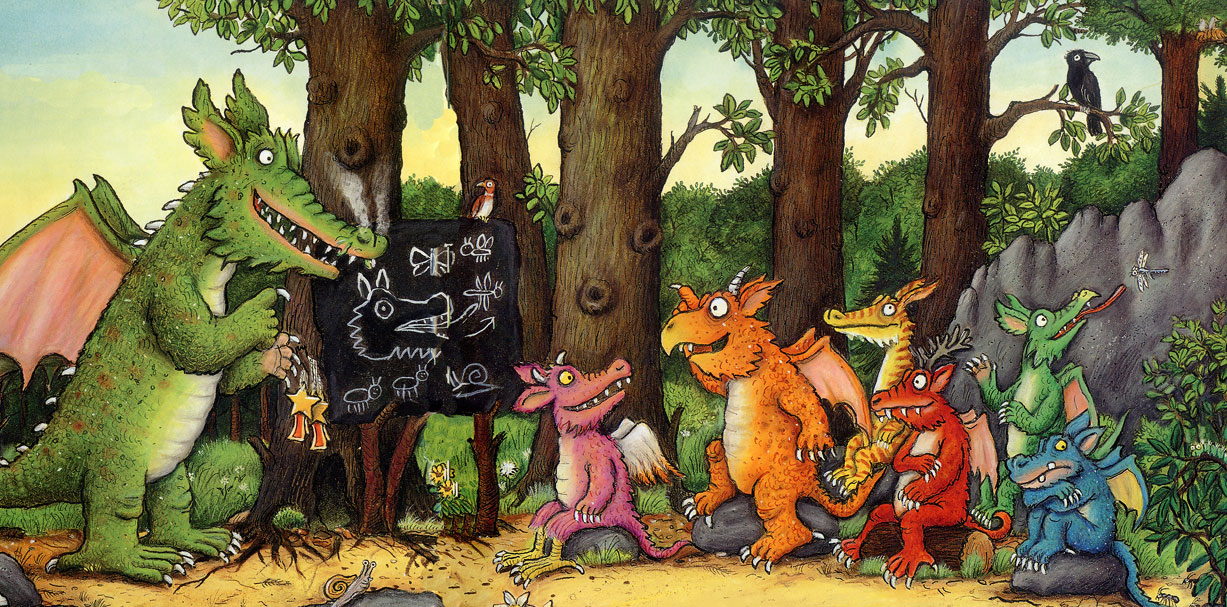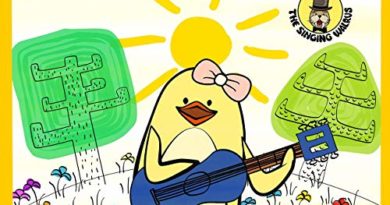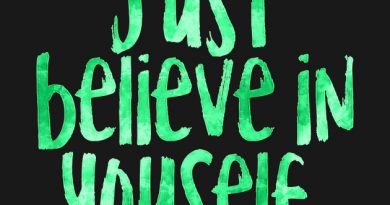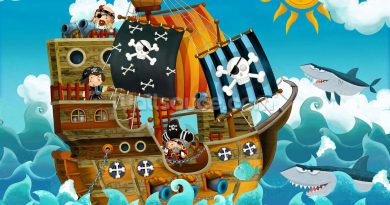Teaching ideas: the power of storytelling in the classroom. Zog
Zog, the dragon.
By: Julia Donaldson and Alex Scheffler
https://www.facebook.com/OposicionesInglesRP/
www.oposicionesingles.com
Text extracted from our book: Temario de oposiciones – Inglés Primaria.
Autores: Mariano Muñoz Pérez y Tomás Navarro-Soto Mínguez 
https://shop.oposicionesingles.com/
Topic 15.
Most adequate literary periods, authors and genres to be used in English lessons. Typology of texts.
…
2. Most adequate literary periods
Apparently, defining children´s literature may be an easy task; it refers to literary books written for children. Notwithstanding, how do we consider appealing books for adults and children like “Harry Potter” by J.K. Rowling? Thus, this simple definition is not enough since children´s literature embraces a wide range of works, including acknowledged classics of world literature, picture books and easy-to-read stories written exclusively for children, fairy tales, lullabies, fables, folk songs, and other primarily orally transmitted materials.
We can state that children´s literature is comparatively a recent phenomenon which emerges in the second half of the 18th century, after the Industrial Revolution due to economic and social factors. The main social factor is that the attainment of literacy by large numbers of people and the spread of mass education formed a market large enough to economically justify the creation and distribution of original works written specifically for young people. In the 18th century, some factors are essential for the development of children´s literature:
• The development of Enlightenment Thought.
• The rise of the middle class.
• The beginning of the emancipation of women-children’s literature.
• The Romanticism´s cult of the children´s world (i.e. folktales, fairy tales, myths, ballads).
Along history there is clear evidence that almost every culture and society has shown some kind of cultural manifestation by means of their artistic sensitivity, whether through wall paintings, sculptures, cinema, drama, and the like. One clear way of showing artistic sensitivity and therefore a form of cultural expression is that of Literature.
…
Children’s literature now embraces a child’s imaginative world and daily environment as well as certain ideas and sentiments characteristic of it. The population of this world (characters) is made up not only of children themselves but of animated objects, plants, toys, dolls, and puppets; real and chimerical animals; miniature or magnified humans; supernatural and fantasy figures; creatures of fairy tale, myth, and legend; and adults as seen through the child’s eyes. In the present day, children’s literature almost rivals the diversity of popular adult literature, with books for young readers produced in such genres as science fiction, adventure, detective stories, animal stories, historical fiction, and stories dealing with social issues. On the other hand, non-fiction genres such as biographies, histories, and encyclopaedias also have been written with a younger audience in mind.

More information:
http://www.teachingideas.co.uk/library/books/zog




